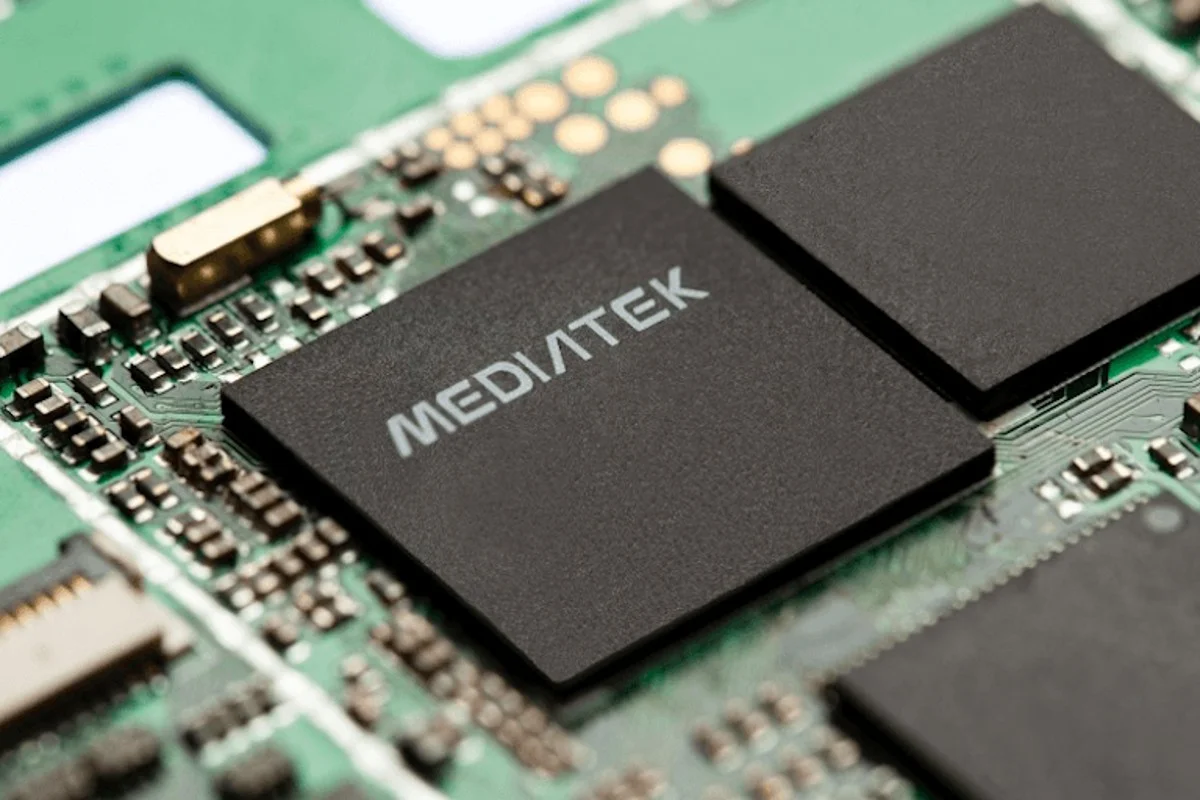
As we are nearing the end of this year, rumours are rife regarding the next-generation flagship chipsets that will power the flagships of 2022. One such chipset that is being talked about is the MediaTek Dimensity 2000 SoC based on the ARMv9 architecture. The latest leaks claim that MediaTek could be the first chipmaker to place orders for the 4nm foundries of TSMC. Now, the major specs of the MediaTek Dimensity 2000 have been leaked online hinting at the performance it could deliver.
MediaTek Dimensity 2000 Specs Leak
As per the reputed tipster Digital Chat Station, the MediaTek Dimensity 2000 is believed to feature a Cortex X2 prime core, which is clocked at 3.0 GHz, three cores of Cortex A70 cores and four cores of Cortex A510. On paper, this setup appears to be similar to that of the Snapdragon 898 and Exynos 2200 that will be based on the 4nm process.
Notably, the recent partnership between Samsung and AMD for GPU and Huawei is a result of the challenges faced by the chipmakers. It is tipped that the upcoming MediaTek offering will be the only chipset that will use the new Mali-G710 MC10 GPU.
Talking about performance, the Mali-G710 arrives as the sequel to the Mali-G78 and it is touted to deliver a 20 percent improvement in speeds and a whopping 35 percent enhancement in performance for machine learning tasks. These numbers have been revealed by ARM officially. However, Samsung expects this GPU to be 30 percent faster than previous-generation Mali chips. The actual performance of these chips will be decided by the clock speeds of the two 4nm nodes.
The early benchmarks have hinted at the speedy performance of these chips but these are not the final numbers and we should not take these seriously. We need to wait for the actual devices to be launched with these chips to measure their real-world performance and speeds.
We can expect all the three flagship chips - the MediaTek, Samsung, and Qualcomm offerings to be launched later this year or in January 2022. There could be a delay until early next year due to the shortage in the semiconductor industry. These chips are intended to power the ARMv9 phones that will be launched as early as 2022.















